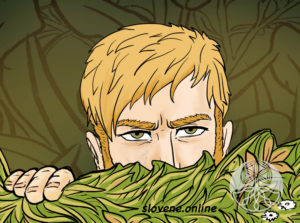We continue to work on the first story from the animated fantasy comic book series about customs and beliefs of the Slavic people in the early Middle Age.
ꏍ
Follow the link to download the English PDF version https://slovene.soft.team/boar
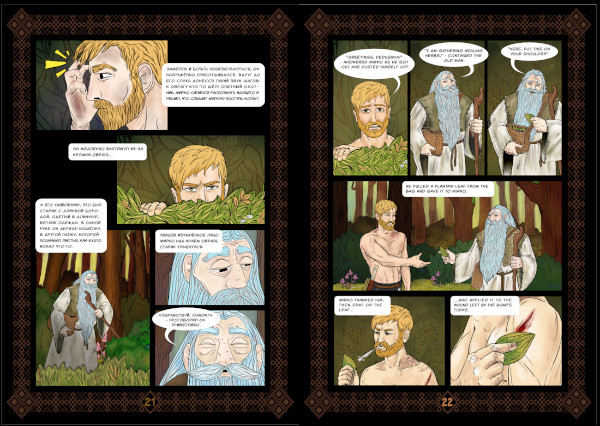
We continue to work on the first story from the animated fantasy comic book series about customs and beliefs of the Slavic people in the early Middle Age.
ꏍ
Follow the link to download the English PDF version https://slovene.soft.team/boar

Along with the cult of trees, the ancient Slavs also worshiped certain animals, for example, a wild boar. Old Russian chronicles and epic tales repeatedly tell about the wild boar hunts and the festive eating of the boar meat at duke’s feasts. Thus, in 1255, duke Daniel Galitsky “personally killed three of them with a spear” while hunting on boars. Some researchers believe that duke’s feasts were the “echoes” of ancient public sacrifices, culminated in a ritual feast. It is also noted that usually the ritual eating of pork meat fell on Thursday, a day dedicated to the God of Thunder and Lightning.
ꏍ
The ceremonial eating of pork was widespread not only among the Slavs. It is known that during a thunderstorm, the Balts had a custom to take out a leg of ham in the field and address Perun: “Abstain, Perkun, from destroying my field – and I will give you this ham for it.” When the thunderstorm stopped, the ham was eaten as a sacrificial meal.
ꏍ
To be continued…
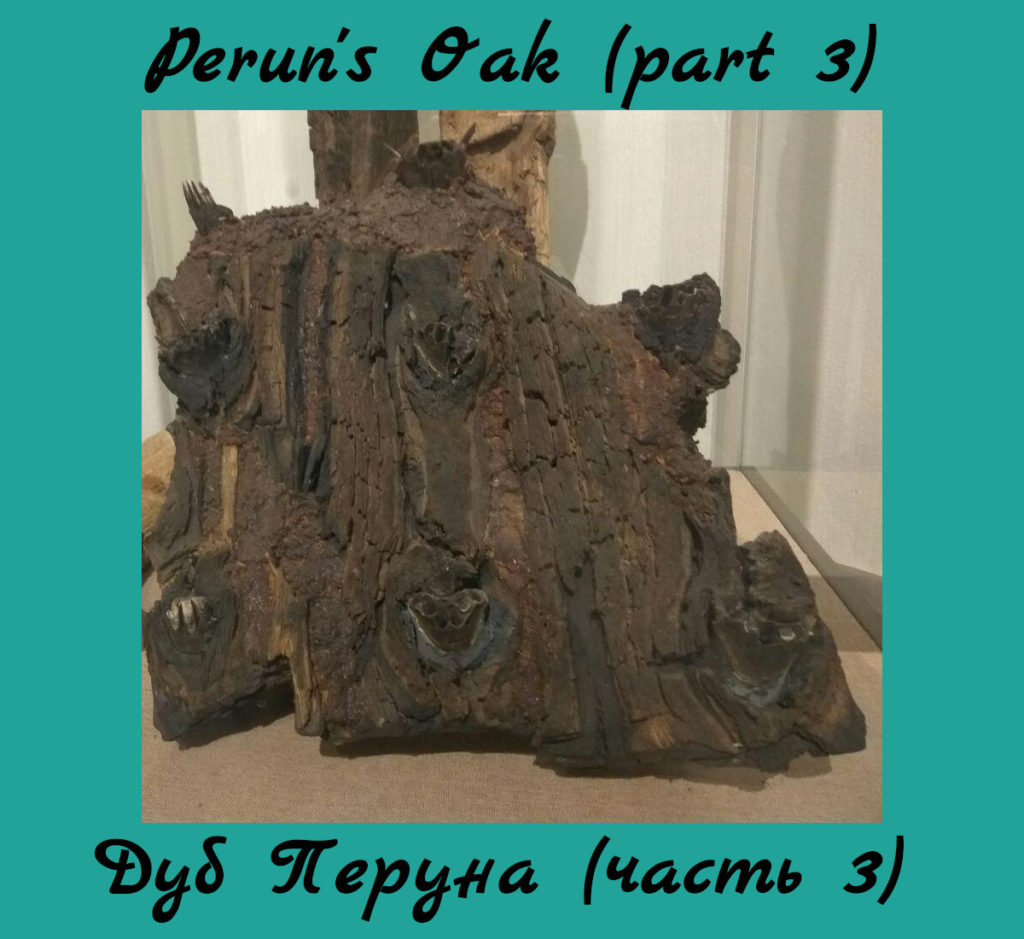
“BOAR” – our first graphic novel about customs and beliefs of the Slavic people in the early Middle Ages is available for FREE download from our website. Looking forward to your reviews ?
ꏍ
Follow the link to download the English PDF version https://slovene.soft.team/boar
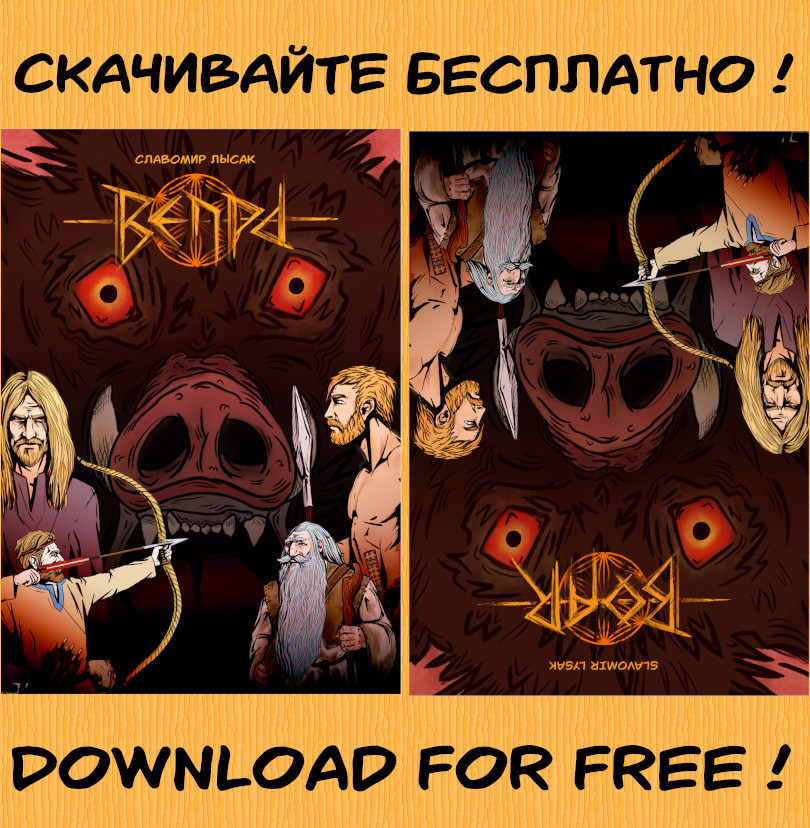
Chroniclers of the 12th century talk about the worship of the sacred oaks by the Baltic Slavs in Lubeck and Szczecin. According to the testimony of Cosmas of Prague, the cult of trees in 12th century also remained among the Czech peasants. The gods were worshiped with sacrifices in an oak grove – “the favorite residence of the gods.” The Czech duke Bryachislav was known to be destroying these sacred groves and trees.
ꏍ
The cult of the oak among the Slavs (as well as among the Balts) was associated with the cult of Perun, the god of thunder and lightning. Researchers also point out the common Indo-European nature of the connection between the Thunder God and the Oak – for example, in Ancient Greece and Rome, oaks were dedicated to Zeus and Jupiter, respectively. There is a reference of the “Perun’s Oak” in the letter of the Galician-Volyn duke Lev Danilovich (1302). There is a famous mountain called Perunova Dubrava in Dalmatia. The combination “Perkunas (Perun) Oak” is often found in Baltic sources.
ꏍ
Gustynskaya Chronicle (beginning of the 17th century) describes the customs in Russia on the verge of Christianization (the end of the 10th century). It says that there was an “eternal fire” in the Perun’s shrine, and only oak wood was used for it. Any priest was executed if they neglected the sacred fire.
ꏍ
To be continued…
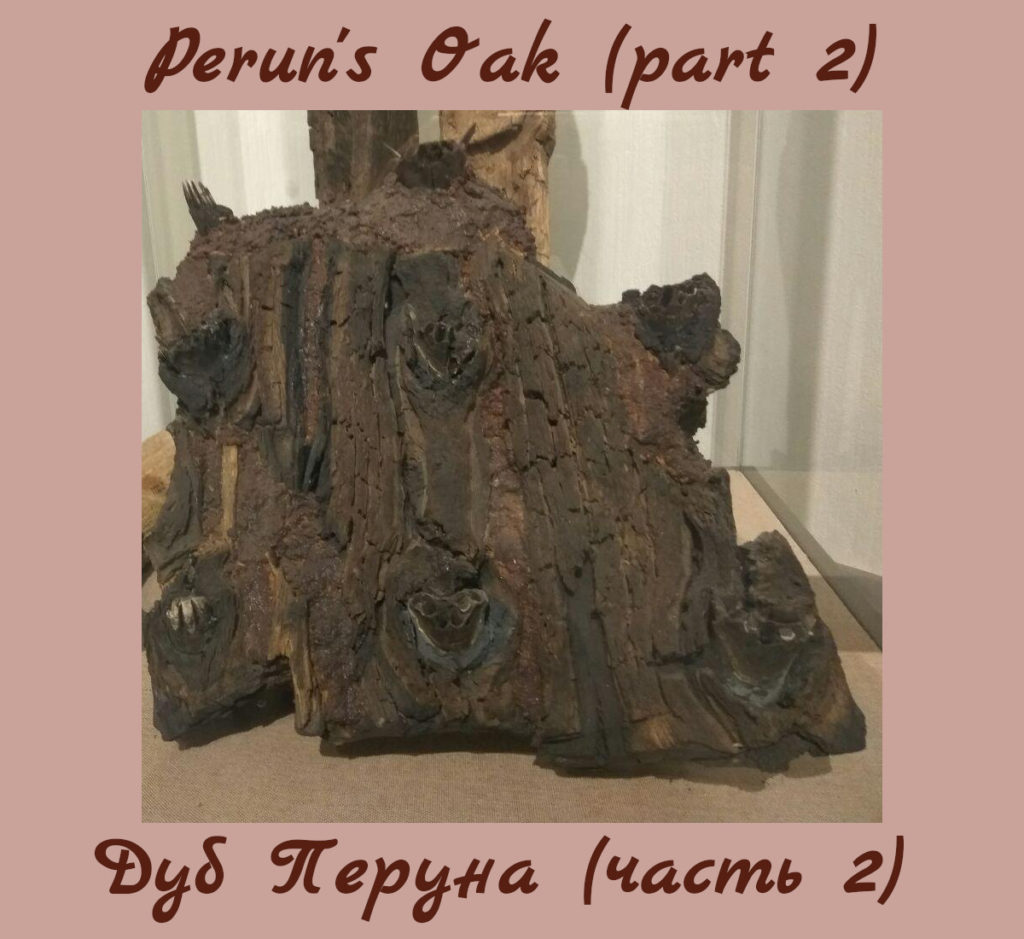
The PDF version of the graphic novel is under final preparations before the release – stay tuned for the news ?
